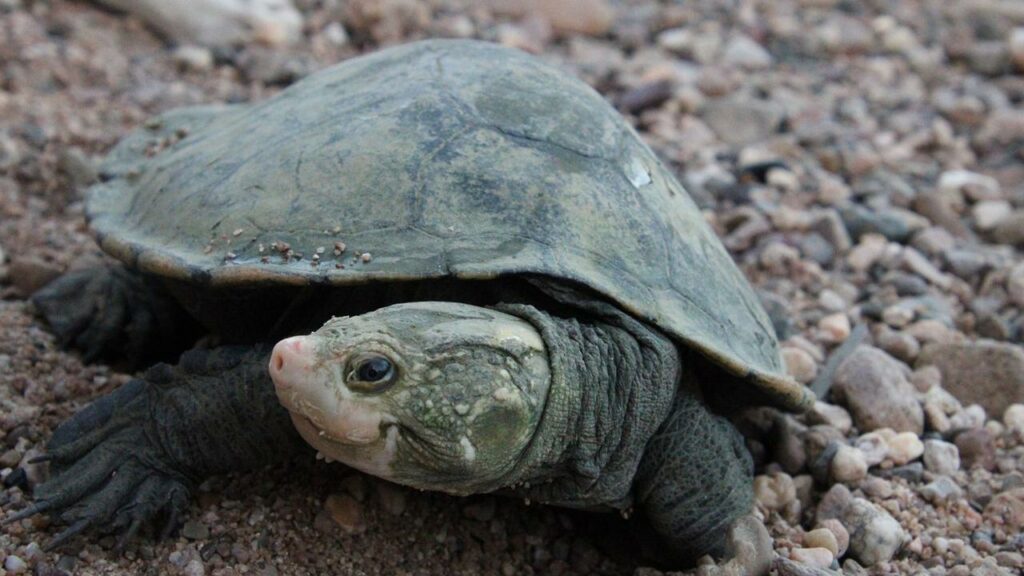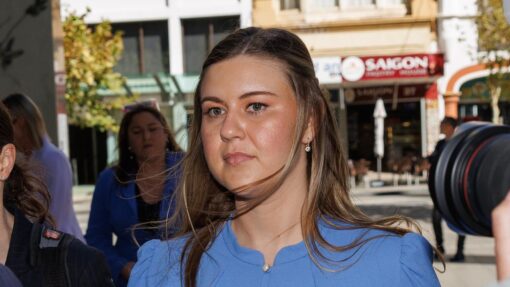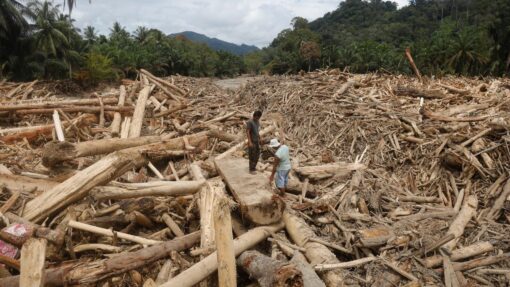‘Bum breathing’ turtle reappears in Qld
Fraser Barton |

DNA detection methods from water samples in north Queensland have unearthed the existence of a “bum breathing” species of turtle last seen in the region more than 25 years ago.
James Cook University researchers analysed environmental DNA (eDNA) from the water in the Burdekin River, near Ayr, confirming the presence of Irwin’s turtles across numerous sites.
They are named after the late Steve Irwin and father Bob, with records of their existence in the Burdekin not found for a quarter of a century.
“It’s reassuring to know they are still living there,” JCU Centre for Tropical Water and Aquatic Ecosystem research director Damien Burrows said.
The turtle was discovered in the Burdekin catchment by Bob and Steve Irwin in the early 1990s and uses its cloaca (backside orifice) to breathe under water.
Professor Burrows said the rediscovery was significant because the dynamic of the river had changed since the Burdekin Falls Dam was built.
“Until this rediscovery, we didn’t have any formal records to prove that the Irwin’s turtle was still living in the lower Burdekin River,” he said.
Researchers surveyed the Burdekin, Bowen and Broken rivers over three periods in 2020 and 2021, covering 37 sites across the three catchments.
“Previously, it’s been very difficult to sample for the Irwin’s turtle because they only live in places where there are crocodiles, or in upland tributaries which are very hard to access,” Prof Burrows said.
“They also don’t come into traps easily and the water they are living in in the Burdekin isn’t clear so you can’t put in underwater cameras to see them.
“But now with eDNA, all we had to do was take a water sample and analyse for their DNA.”
The eDNA process enables DNA to be extracted from soil, sediment and water, so researchers do not need to catch turtles for a sample.
Although the eDNA cannot reveal the age of the turtles, research officer Cecilia Villacorta-Rath said the discovery was hugely significant.
“We don’t know anything about the demographics of this population, but the fact we have found their eDNA now, despite the dam being built in the 1980s, could point to adult Irwin’s turtles being able to survive in these more turbid water conditions,” Dr Villacorta-Rath said.
“This rediscovery has now challenged the previous hypothesis that the species could not survive in these conditions.”
AAP


